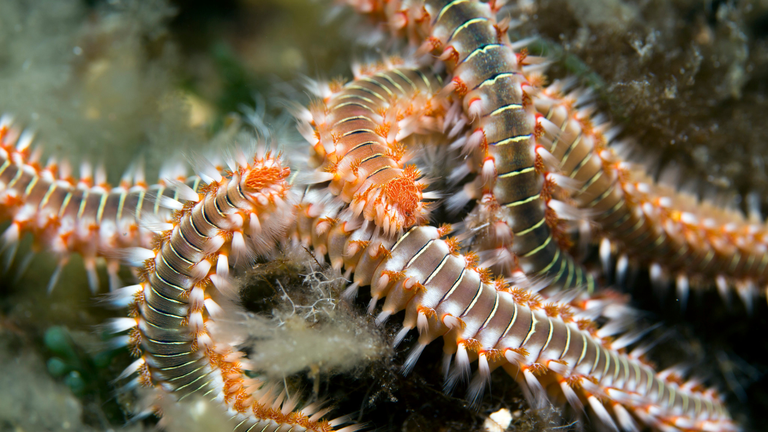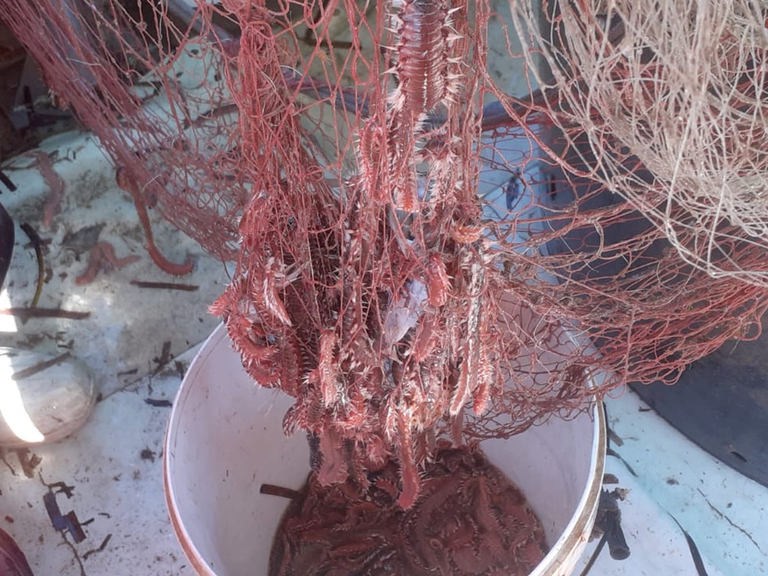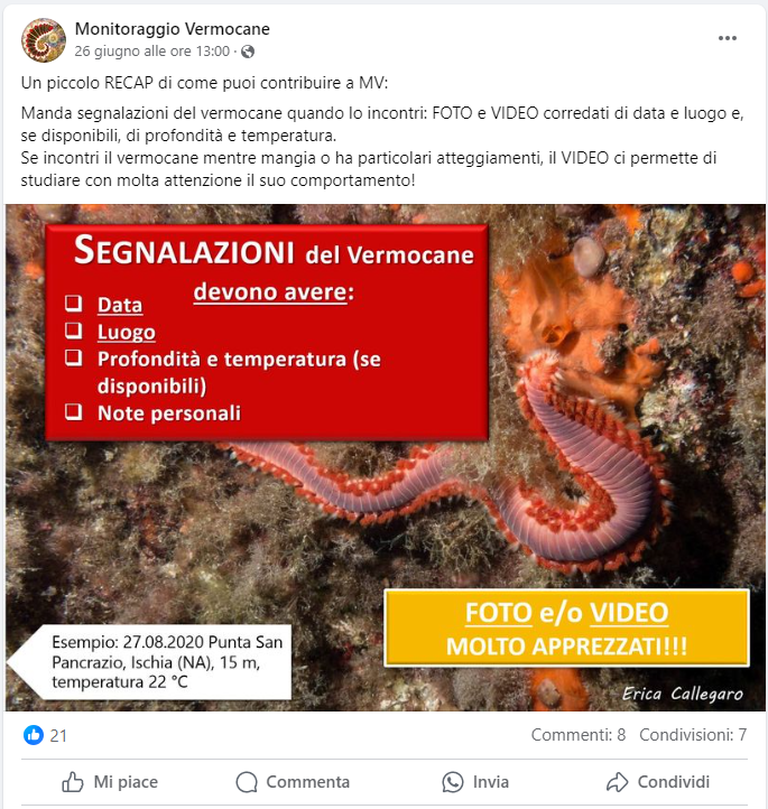https://www.lifegate.it/il-vermocane
- |
- The worm dog is not the terror of the seas as many media have described
- The increase in temperatures has made the worm dog an invasive species
- An animal that must be studied to understand and prevent its expansion
No, we can say it: the worm dog is not the terrible and frightening creature that it is described.Besides the name vermocane, or fireworm, which might recall fantastic and, perhaps, frightening creatures, almost everything alarming that has been said is not so true.Because, yes, if you touch it it hurts – some talk about excruciating pain others of annoying itches such as jellyfish or nettle stings - but why do you have to go and touch it?The accident can happen, but the worm dog lives and moves mainly on rocky seabeds or on rocks and, moreover, it is not a predator ready to attack you, on the contrary, it moves very slowly and stings only in self-defense.When frightened, its bristles stiffen and break, becoming stuck in the skin.But let's take a step back and try to understand who the worm dog is and why there has been so much talk about it.
What is the "terrible" vermocane, or fire worm
This creature is known to science as Hermodice carunculata, and is a species of marine annelid belonging to the Amphinomidae family, a marine worm, more precisely a polychaete - like the earthworm.The worm dog it is not an alien species, it is indeed present in our waters for a very long time and has now been part of our fauna, the first signs of its presence date back to 1800 in the Gulf of Catania.It is not only present in the Mediterranean but also in the Gulf of Mexico and the Caribbean.In recent years due to warming of the waters has become much more abundant becoming an invasive species, especially in the regions of southern Italy such as Sicily, Calabria, Puglia and Campania.Furthermore, it is also colonizing areas where it was once very rare such as the Tyrrhenian Sea and the Adriatic, a clear sign of range expansion.On average it has a length of about 20 centimeters and has very bright and bright colors, difficult to miss.On both sides of the body they are noticeable the numerous bristles, which made it become "the terror of swimmers".These bristles, which are used exclusively for defense, contain a stinging neurotoxin to chase away predators, which causes a burning sensation in the unfortunate victim - but as we have already mentioned, nothing that serious, it hurts but does not kill.The best advice is clearly that of stay away from him, but if you happen to come into contact with the worm dog, rest assured, within a short time the pain will be gone.

A threat to fishing
A phrase constantly associated with the presence of the worm dog is that it is threatening fishing and fishermen.Fishermen are increasingly finding numerous individuals of Vermocane stranded in their nets, many of which are intent on eating their catch, making it unsellable.The worm dog is a very voracious predator which with the increase in water temperature also increases its predatory activity.It feeds mainly on corals, anemones, small crustaceans and, when it finds them, fish carcasses.
The ecological problems linked to this animal do not depend only on its predatory activity but on its proliferation caused by warming waters.In fact, having no natural predators and finding the ideal temperatures, its population is increasing significantly.The worm dog is a problem for fishing because, as mentioned, it attaches itself to fishermen's nets, tempted by easy prey - remember that the worm dog is a scavenger, therefore it feeds on carcasses and does not hunt directly - so the catch is no longer salable due to the possible presence of bristles, which remain potentially dangerous even once detached from the animal.However, have we ever wondered if it is the fishing method that is to blame for the worm dog coming into contact with fishermen?Second Alberto Luca Recchi, sea explorer and writer of several books together with Piero Angela, we must point the finger at trawling, the only occasion in which a fisherman comes into contact with a worm dog.“Trawling it is a scourge because to catch a few fish from the bottom, many animals are killed - including the warbler - with no commercial value which are then thrown back into the sea".

Studying the dog worm can help us understand it better
As we have understood, the worm dog is increasingly behaving like an invasive species.The project was started already in 2022 Worms Out from the Ogs, National Institute of Oceanography and Experimental Geophysics, together with the Universities of Modena and Reggio Emilia, Catania and Messina, Ispra, the Marine Protected Area of Capo Milazzo and ScubaBiology with the aim of monitor the presence of the dog worm and manage its proliferation.The project relies on citizen science, that is, it makes all citizens participate in the collection of data, each citizen can in fact report the sighting of the worm dog either through App Notification app (already used for monitoring other species) or by filling in the online form.By collecting as much data as possible it will be possible study the behavior of this animal, so as to be able to predict its impact on marine ecosystems and also the future relationship he may have with man.

The worm dog has shown us once again how climate changes, in particular the increase in water temperature, they can upset an entire ecosystem.The last recommendation, which we repeat once again, canes hurt if touched, but there is no need to cause alarm:it is difficult to find on low and sandy coasts, while it is clearly visible on the rocks where it usually stays: just pay attention.
